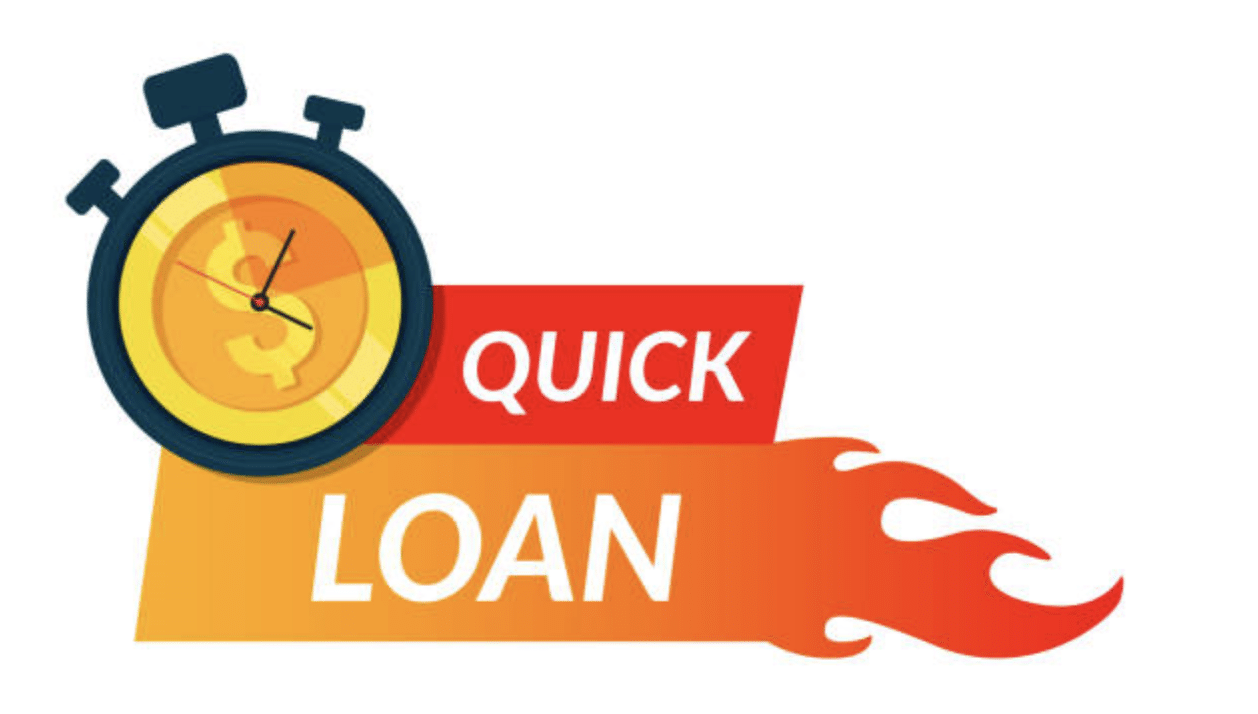On January 1, 2018 the Canadian government applied new guidelines to the Mortgage Stress Test (MST). Basic requirements were already in place for borrowers who put less than a 20% down payment on their home mortgage loan. With the new test guidelines, all conventional mortgage loan borrowers became subject to the new revisions regardless of the down payment amount. The changes included a number of other stringent rules for federally governed lenders to approve mortgages.
The stricter requirements made new buyers with over 20 percent for a down payment anxious. Homeowners wondered how much the changes would affect their current mortgages. To reassure homeowners and lenders, the government supplied a steady stream of information about the MST. Lenders scrambled to calm borrowers worried about their chances for approval. But as more time passes, the initial flurry of questions and concerns continue to rise as the changes make an impact on their mortgage goals.

Topics:
Why is a Stress Test Necessary?
What are the Changes to the Mortgage Stress Test?
How Can Borrowing Power Be Increased?
How do Lenders in Canada Assess Risk?
Comparing Canada and the US Lender Risk Factors
What Is the Response to the MST?
Why is a Mortgage Stress Test Necessary?
The term stress test was coined because it is used to determine whether a mortgage application will “hold up” to the strain of certain set of standards or situations.
The results of the “test” determine whether mortgage applicants could still afford a home loan if their financial situation changed. Applicants with bad credit and/or less than 20% down payment are commonly held to higher standards because they pose a greater financial risk to the lender. But the new MST sets tighter guidelines, even for people with larger down payments. The new rules also affect the bottom line of current homeowners.
The government revised the MST because interest rates in Canada had been at historic lows for years, which was a predictor they would likely go up in the near future. The reasoning was that tighter restrictions would ensure that mortgage payments were still affordable when rates inevitably climbed higher. The government explained that the changes will prevent an influx of foreclosures by increasing the chances that the borrower’s finances will withstand the pressure of escalating interest rates.
What are the Changes to the Mortgage Stress Test?
Stress tests are commonly used in all aspects of finance to predict financial risk to a lender’s investment. With regard to mortgages, their primary purpose is to weigh worst-case scenarios (like losing a job) against the probability that a borrower is able to recover sufficiently enough to keep making mortgage payments. In addition to inclusion of low-risk buyers and homeowners, new restrictions include:
Mortgages must be qualified using a 5-year benchmark rate of the Bank of Canada (BOC).
New borrowers have to prove they can pay an additional two percent of the BOC rate.
People with established mortgages must be able to pay at their current rate plus two percent more if the total of the two is higher than the benchmark rate.
Here's a scenario...
How Can Borrowing Power Be Increased?
In effect, the MST automatically reduces the borrowing power by at least 18% when the new modifications are applied to a mortgage. There are some factors that can help increase borrowing capacity, such as:
- A higher down payment, which decreases mortgage debt and payment amount.
- Increased household income.
- A reduction in other current debts like auto loans and credit cards.
- Purchase a property with an accessory dwelling unit. The income from the rental suite can be used to qualify for the mortgage. It also can help to reduce the mortgage carrying cost.
When the changes took effect, people who were home shopping were required to find more affordable houses in order to get mortgage approval. Homeowners already paying mortgages did see interest rate hikes, but studies report that a decent number reported a decline in insurance premiums. Supporters of the guidelines believe there are facts that point to the success of the MST. But both sides agree that it is too early to draw conclusions.
According to Roger Grubb, Co-Founder of Main Street Mortgages, the true negative impact of the stress test will not be felt while mortgage rates remain historically low. Eventually, if and when rates do start to increase, borrowers will have to qualify for at the then higher rates, or will be forced to work with alternative and private lenders. Ultimately, the MST may also lead to higher rental costs, which means less people are likely to afford purchasing a home.
How Do Lenders in Canada Assess Risk?
Mortgage lenders in Canada use a method for vetting the financials of a borrower. Guidelines and computer models created by lenders and banks are carefully examined to determine if a buyer will meet the standards required.

The process, known as mortgage underwriting, is a means to see if the applicant falls within acceptable financial standards. Underwriters consider collateral, credit, and capacity to determine loan eligibility.
Along with the Canadian Mortgage Stress Test, the purpose of underwriting is to ensure that the lender is protected as much as possible. The process involves looking at detailed and documented financial information to accomplish this purpose.
1. Lenders check the credit report first, which gives them an idea of how the borrower manages credit and how much they owe.
2. Then underwriters start asking for financial information in order to analyze and suggest how much the lender should approve. Proof of liquid assets (cash, bank accounts), collateral (cars or other property), income, and tax history has to be submitted during the underwriting phase.
3. When all factors are verified and reviewed, the underwriter gives the lender go-ahead to approve the mortgage or not.
Comparing Canada and the US Mortgage Lender Risk Factors
Similar to the US, underwriters in Canada use similar factors to determine the creditworthiness of the borrower. The main difference is that you can generally get a 15 or 30 year term in the US, hence no need for them to adopt an additional stress test.
In Canada, all of our mortgages are partially amortized, which means that at the end of a 5 year term, the homeowner has the option to either make a balloon payment (payoff the balance), or renew for another term in succession at the then new current rate until the balance is paid. The stress test is designed to determine the borrowers ability to withstand the possible change in the interest rate when the mortgage comes up for renewal.
~ Roger Grubb, Co-Founder of Main Street Mortgages
What Is the Response to the MST?

Canadian government agencies such as the Office of the Superintendent of Financial Institutions (OSFI) claim that the revisions to the stress test are working as planned. They state that Canada’s mortgage underwriting system has been strengthened. Even so, OSFI has pledged to continue to monitor and rework the test in an effort to improve in a number of areas.
Of course, not all homeowners, politicians and industry leaders are fans of the government’s plan, even with revisions. The new MST is still facing backlash and criticism about several aspects which include:
- Problems regarding income verification of borrowers
- The belief that changes have created imbalances in the housing market

For certain, the new MST will be the subject of many debates for a very long time. Since the new mortgage stress test is still relatively new, the jury is still out whether the new policies will actually produce the results expected. In the meantime, homebuyers and mortgage lenders are left to accept and comply with the new rules of the game.






















